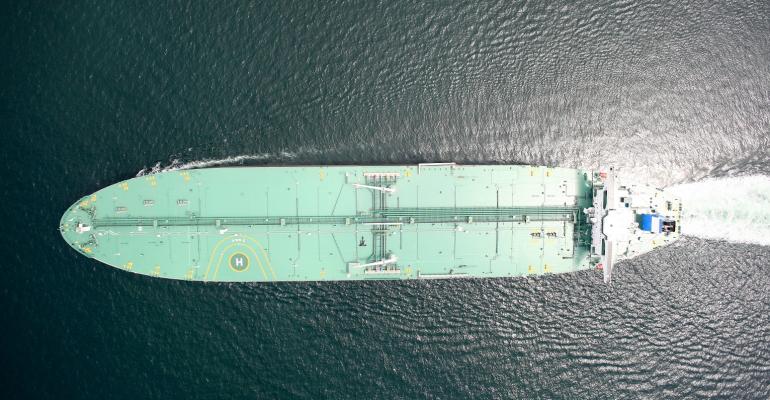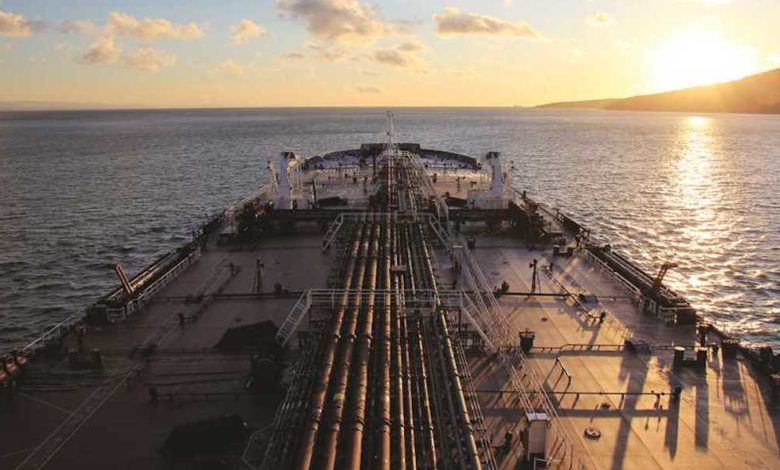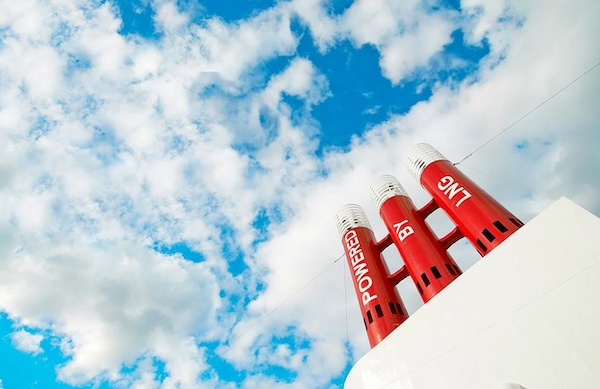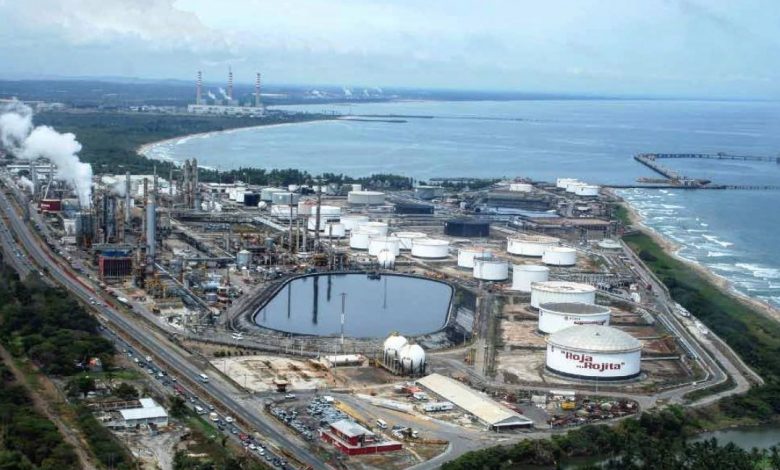Five reasons for tankers owners to be cheerful in 2023
New York broker Poten & Partners has identified five reasons why tanker owners should be cheerful this year.
Paul Bartlett | Jan 16, 2023
The firm’s projections come with a health warning, however. Nobody forecast Covid-19 or Russia’s invasion of Ukraine – developments in 2023 are equally uncertain. The year ahead could be a prosperous one, but it could also be a bumpy ride, Poten warns.
However, if the broker’s views on key tanker market drivers prove to be correct, it’s good news for tanker owners.
The first plus point in China. The country’s zero-Covid policy constrained growth and led to a 400,000 barrels per day (bpd) decline in 2022 oil demand. The International Energy Agency (IEA) now expects demand to climb by 800,000 bpd this year – to 15.8m bpd Almost all of the extra volume will be shipped by sea, Poten believes, mostly on VLCCs, which are therefore likely to command premiums over smaller tankers.
Second – Owners are likely to focus on newbuildings as the volume of secondhand deals slows down. After tankers were crowded out by container ships and LNG carriers, strong earnings and a small orderbook is likely to rekindle interest in new ships.
Third – Product tankers are set to benefit most from the outcomes of the European Union’s (EU) February 5th ban on Russian refined products. Long-haul movements (exports from Russia and imports into Europe) will drive tonne-mile demand, notably for larger LR1s and LR2s to and from Asia. MRs will get a boost from higher transatlantic volumes. Product carriers are therefore likely to outperform crude tankers.
Fourth – US oil exports could well set new records. The 2022 export figure of 3.5m b/d – itself a record – was supported by major releases from the US Strategic Petroleum Reserve. More of these are unlikely this year, Poten says, but oil production will rise by about 500,000 b/d, according to the IEA, and higher US exports will benefit all tanker segments.
Fifth and finally – Although Russia’s war diverted attention away from new IMO and EU environmental regulations, a new focus on carbon intensity means that many owners will need to adopt measures to remain compliant provided the new regulations are enforced, Poten believes. The steady tightening of the IMO’s carbon intensity indicator (CII) framework will mean that today’s rules become stricter over time and all shipping sectors, tankers included, will be affected.
Copyright © 2023. All rights reserved. Seatrade, a trading name of Informa Markets (UK) Limited.







